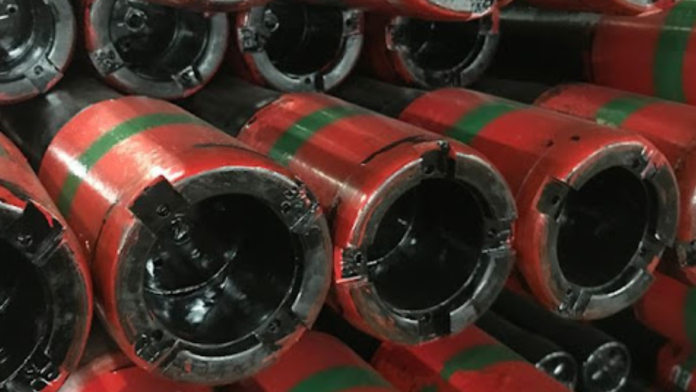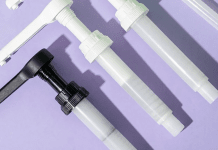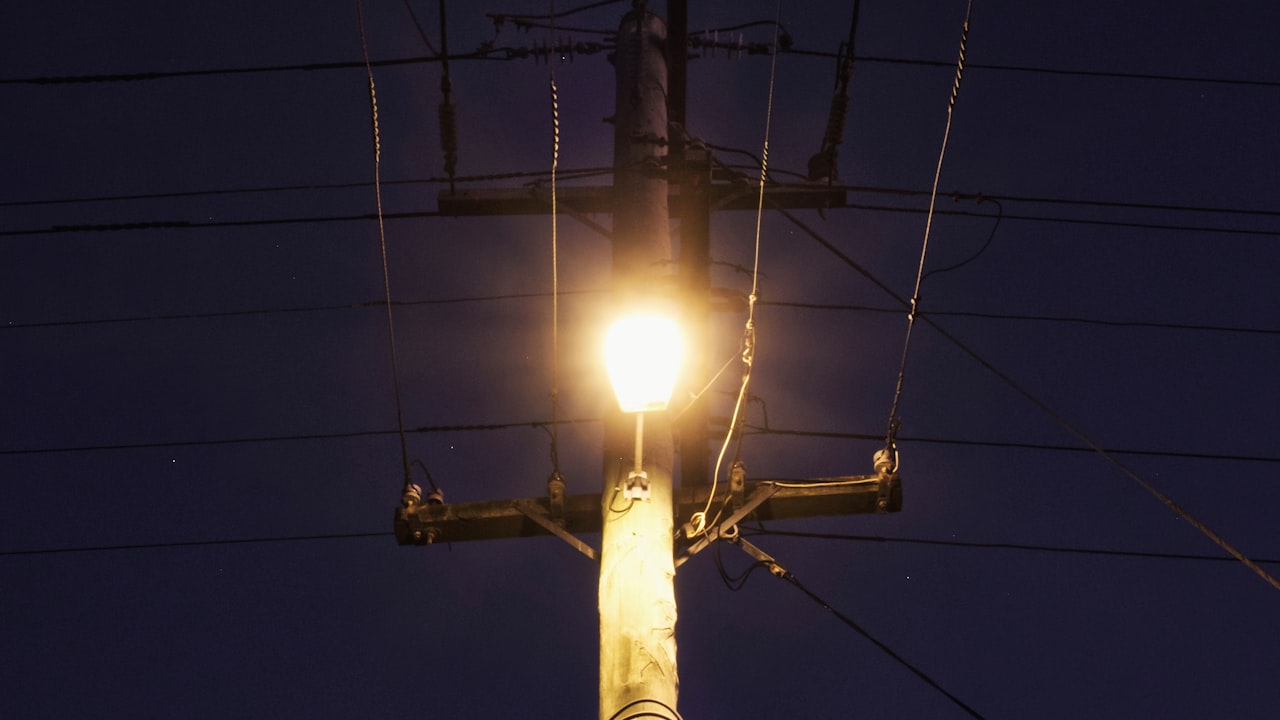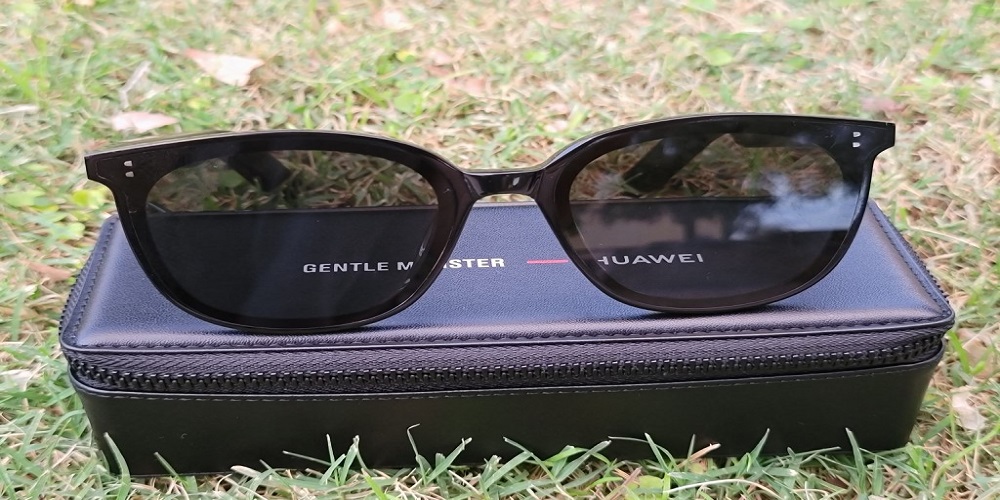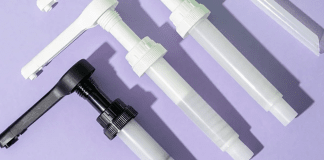Pipe connections are critical additives to industrial infrastructure, allowing liquids and gases to flow seamlessly throughout a variety of environments knowledge of one-of-a-kind varieties of pipe connections used in commercial applications is critical for engineers, technicians, and operators who design, build, and maintain complex piping systems the relationship used has a right-away effect on the integrity of the machine.
A decent and leak-proof connection ensures that fluids or gases are transferred without harm or infection, avoiding highly- expensive downtime and capacity hazards. Unique pipe connection types have different ranges of sturdiness and resilience to outside conditions, including strain, temperature, and corrosion. Engineers can increase device durability and decrease preservation requirements by choosing a high-quality connection approach for positive operating situations.
Kinds Of Pipe Connections In Industrial Application
This article will observe the various pipe connection methods utilized in business settings, highlighting their traits, packages, and advantages.
Welded Connection
Welded connections are one of the most long-lasting and dependable methods of joining pipes in industrial packages. Parts of metal are joined using welding methods which include arc welding, gasoline welding, and resistance welding. Welded connections are enormously sturdy and durable, making them ideal for the excessive stress and excessive-temperature situations encountered in fields consisting of oil and gasoline, chemical processing, and the energy era. They offer a long-term, leak-proof answer and are frequently preferred for essential packages that require gadget integrity.
Threaded Connections
To offer a cozy seal, threaded connections draw pipes and fittings together with the use of tapered threads at the inner or outer surfaces those connections are widely utilized in low-stress industrial programs consisting of water distribution, plumbing structures, and pneumatic conveyance. The threaded connection is simple to install, allowing quick assembly and disassembly without requiring a piece of special equipment they’re extensively utilized in environments that require regular preservation or replacement because they may be flexible and easy to put in force.
Flanged Connection
Flanged connections use flanged flat, round discs with bolt holes to attach pipes or fittings. A gasket is inserted between the sides of the flange to form a seal, which is then tightened with a bolt or stud. Flanged connectors are flexible and are normally used in commercial settings due to the fact they can accommodate a huge range of pipe sizes and materials. They’re extensively utilized in industries including petrochemicals, water treatment, and HVAC systems. Flanged connectors are reliable, easy to preserve, and might stand up to excessive pressures and temperatures.
Compression Connections
Compression connections use compression fittings to create leak-loose connections between pipes those fittings usually encompass a compression ring (ferrule), a nut, and a body. While the nut is pressed in opposition to the body, it compresses the ring around the pipe, resulting in a decent seal. Compression connections are typically utilized in commercial packages, which include plumbing, hydraulic structures, and gas distribution networks. They’re ideal for a variety of applications because of their simplicity, reliability, and reusability.
Soldered Connections
Soldered connectors, also known as sweat fittings, are widely utilized in copper piping structures in commercial settings. Those connections involve heating the proper pipes to melt the solder, which solidifies because it cools, resulting in a watertight bond. Soldered connections offer appropriate conductivity and corrosion resistance, making them best for programs requiring water purity and sturdiness. They regularly paint in industries consisting of electronics manufacturing, food processing, and pharmaceuticals.
Push-Fit Connections
Push-fit connectors, also referred to as brief-join or push-to-connect fittings, are a clean way to enroll in pipes without the need for unique equipment or know-how. Those fittings have a collet mechanism that securely holds the pipe while it is inserted into the fitting frame. Push-fit connections are broadly utilized in industrial packages, together with plumbing, HVAC, and compressed air structures. They offer quick setup and disassembly, allowing for minimal downtime for upkeep or repair.
Result
The selection of pipe connectors in commercial packages is important to ensure the performance, reliability, and protection of the piping machine. Engineers and operators need to very well compare the desires of each setup to locate the high-quality way to coordinate. Know-how of the characteristics, applications, and benefits of precise types of pipe connections permits business professionals to optimize the performance and lifespan of their piping systems in a variety of fields.

